Joshua Serafin
Joshua is a visual artist, contemporary dancer, performer, and maker born in the Philippines. He is currently based between Brussels and Manila. He is a graduate of Philippine High School for the Arts where he majored in Theatre Arts. He studied at Hong Kong Academy for Performing Arts with a major in Contemporary dance and recently graduated from P.A.R.T.S. He is currently taking his Masters in Fine Arts in Visual Arts in KASK School of the Arts Ghent.
He has collaborated with multiple artists in Asia and Europe ranging from performance to visual arts such as Arco Renz, Eisa Jocson, Manuel Pelmus, Bruno Isacović, Ming Wong, Adrian Wong, Choy Ka Fai, Leeroy New, Korakrit Arunanondchai, and Anne Teresa de Keersmaeker and many more. He has presented his work in Deltebre Dansa in Spain, Queer Zagreb Croatia, Centre National de la Danse in Paris, and Bouge B Festival in deSingel.
His work currently deals with questions about identity, transmigration, queer politics, states of being and ways of inhabiting the body. He is also interested in the duality between the physical form and its representation manifested through the alter identity he created called “Void”.
GHENT INTERNATIONAL FESTIVAL: “MISS”
Dates & Tickets
Sat 22.01.’22
Fri 21.01.’22
19:00 - 20:00
Dome Room/De Vooruit Domzaal
€10.00 – €14.00
22:00 - 23:00
Dome Room/De Vooruit Domzaal
€10.00 – €14.00
I have always considered my practice as a multi disciplinary work: including drawings, films and design. But my main artistic practice today is dance and performance creation and choreography, which is what I have been trained for for the past 12 years. After graduating from my dance education in PARTS in 2019, I decided to take a masters in Fine Arts in Visual Art currently in KASK in Ghent. This has given me more time to focus on other interests. One of the things I'm researching is creating material products based on performance practices - dissecting and defining the process of creating a performance, the score and archival materials in the research.
My practice is creating two different kinds of works and performances: one is creating a vocabulary and images in space that are more metaphysical, formless, undefined personas and structures, more like the worlds that currently exist in my head and translating those ideas to the physical body and placing them in space. The other one is context driven works: ideas and images that already have a pre-existing form in our society and culture. In my case these ideas are mainly from the Philippines.
The theme I’m exploring in these works tackles identity, states of being, and queer politics through ways of inhibiting the body and the duality of the physical form and its representation. A lot of these topics and questions are deeply rooted in the influences and environment where I came from, the Philippines, and also Asia and Europe.
I have always considered myself in a constant state of Ma which is a Japanese terminology meaning ‘in between’. “In between” in a sense that I came from the Philippines but was educated in Hong Kong and then Belgium (a western, mainly white society). I’ve always felt that I am in a constant state of displacement.
My body which is this material object I inhabit doesn’t co-relate and never felt belonging to societies I have lived in. This has allowed me to see societies, people, ideals and ideologies from an objectified and distant point of view. A place where I can go in and live and embody those ideals that exist in this place, and I give time to fully digest and become it. And at one point I go out and leave to see other societies - it is a repetitive cycle of entering, becoming, and departure.
What moves the body?
Using these ideas, sensations, politics, human conditions, experiences as a starting point and transform them as a choreographic tool in my creations. From there, the physical vocabularies and designing the aesthetic come out. But always have in mind the context in which this work is being shown.
Currently I'm working on “MISS”, which hopefully premiers in Vooruit this coming March. The work is a solo that unpacks codes of representation and performativity found in the more established world of transgender beauty pageantry in the Philippines, and by looking closer to the rigor and choreography in subculture and rural pageantry; where queerness explodes any fixed categorisation of femininity and fantasy.
The performance is based on my current research with the residency period I had in the Philippines back in 2019. The research examines various regional pageants in the country.
I further investigated these competitions through Cebu's eighth edition of the Queen Philippines, the grandest and most prestigious beauty pageant for transgender women in the country, and my interviewing of queens from these regions.
The performance explores the unseen politics, culture and practices that surround the local pageant industry. For these individuals, pageantry becomes a platform for the less privileged LGBTQI society, to use as a means for economical betterment in a country where there is no support and these individuals face huge discrimination. It is their only platform of self expression but in a very self-objectifying, degrading and short-term manner. There is a huge sense of beauty and skill in it but in the most twisted, haunting ways of performing. Also tracing its religious and colonial influences.
I'm currently focusing on expanding the ideals in Philippine pageantry and tackling the intersectionality of the performer in relation to the audience. Revealing privileges in the question-and-answer portion. Making apparent the ideal beauty standards, its pros and cons. Questioning the audience’s stand point in this scenario.
This work questions heteronormative ideologies that exist in our time.
To make that apparent and question these binary ideals which we have accumulated. Questions and differences on race, and gender identities.






